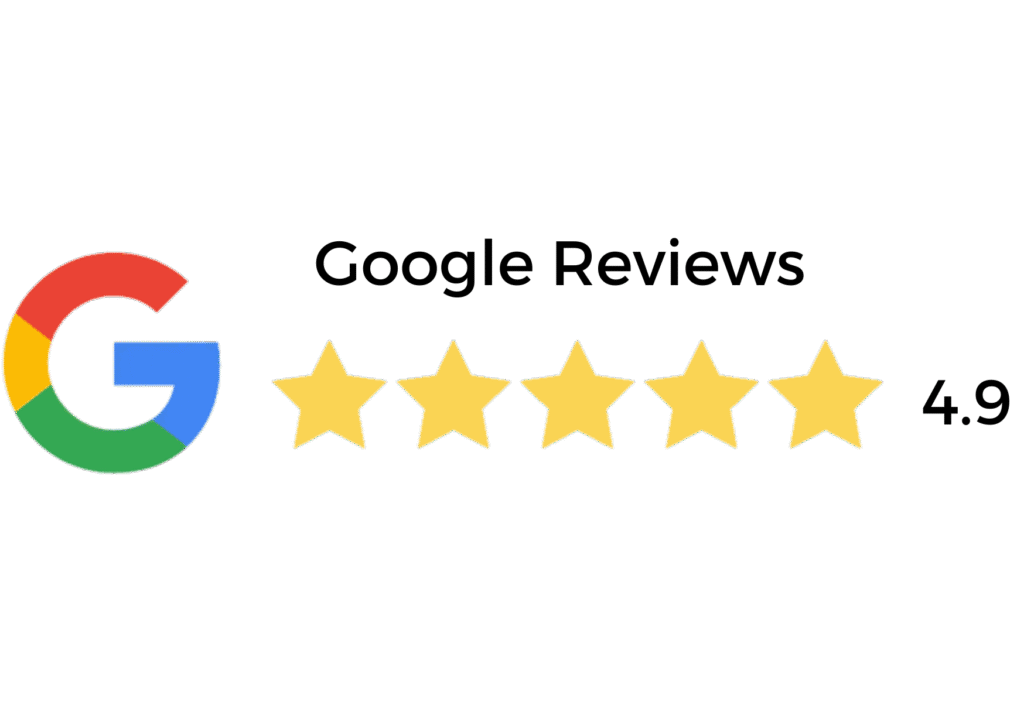Breathe Easier in the Rio Grande Valley
Indoor Air Quality — Filtration, Ventilation & Humidity Control
Clean, fresh air starts with the right mix of filtration, ventilation, and humidity control. Treviño Repairs assesses your system’s airflow and static pressure, then installs right-sized upgrades—high-MERV media filtration (and HEPA add-ons), ERV fresh-air ventilation, whole-home dehumidification, and UV coil treatment when appropriate—so your RGV home or business feels cleaner, smells fresher, and stays comfortable without overworking the AC.

Whole-Home Solutions, Not Just Gadgets
Services for Indoor Air Quality
We design and install IAQ systems that solve real problems—dust, odors, high humidity, stuffy rooms—while protecting airflow and efficiency. After a quick airflow/static check, we match components to your equipment and layout, then install cleanly with proper drains, wiring, and controls.
We install & service:
- High-MERV media cabinets (typically MERV 11–16) & HEPA bypass add-ons
- Fresh-air ventilation (ERV; HRV where appropriate), motorized dampers
- Whole-home dehumidifiers with dedicated returns/supplies & drain/pump
- UV/UV-C coil treatment (keeps the coil cleaner; helps odor/microbial growth on surfaces)
- Return air adds, duct sealing, and balancing for better airflow & pressure
- Smart thermostats/IAQ controls and indoor air quality monitors (wiring/installation)
Code & best practices (as applicable):
- Static-pressure review so filters/HEPA don’t choke airflow
- Correct outside-air intake location, backdraft prevention, and damper control
- Proper condensate traps/drains (with safeties) for dehumidifiers & ERVs
- Dedicated circuits and GFCI/AFCI protection where required
- Tight, sealed duct connections and labeled service access
Filtration vs. Ventilation vs. Dehumidification — RGV Guide
Filtration removes particles already inside: dust, pollen, pet dander, and many smoke/traffic particles (higher MERV = finer capture). Use a media cabinet to gain efficiency without spiking static pressure; add HEPA bypass when allergies are severe.
Ventilation (ERV/HRV) brings in measured outdoor air to dilute indoor pollutants and odors. In the humid RGV, an ERV is usually preferred—it helps manage incoming moisture compared to an HRV.
Dehumidification keeps indoor RH in the 40–55% sweet spot, curbing musty odors and mold risk while making rooms feel cooler. It also reduces AC runtime on mild, sticky days when cooling demand is low.
UV coil treatment helps keep the indoor coil cleaner and can reduce odor/microbial growth on coil surfaces; it’s a maintenance helper, not a stand-alone purifier.
Treviño Repairs sizes and stages these pieces so they work together—good air in, bad air out, and moisture under control.

Know the Warning Signs in the Rio Grande Valley
When to Upgrade Indoor Air Quality
Dust that settles quickly after cleaning, persistent musty odors, indoor humidity over 60%, condensation on windows, visible mold, stuffy rooms or headache/fatigue in occupied spaces, dirty supply registers, frequent coil slime/clogged AC drains, or rising energy bills from humidity load are all signals to act. We’ll test airflow and RH, review filter/return sizing, and recommend the right mix of filtration, ventilation, dehumidification, and coil treatment for your RGV property.
What to Expect with Treviño Repairs
Our Indoor Air Quality Upgrade Process
Assess & Measure. Discuss concerns; check filters, returns, ducts; measure static pressure, temperature/RH, and (when helpful) CO₂.
Plan & Options. Right-size solutions (media cabinet/HEPA, ERV, dehumidifier, UV coil) with clear pricing and what each solves.
Protect & Prep. Shoe covers, drop cloths, safe shutoffs, layout marks, and mounting locations.
Install Components. Set media cabinet/HEPA, ERV with proper intake/exhaust and dampers, dehumidifier with dedicated return/supply and drain, and UV coil light when appropriate.
Wire & Drain. Add dedicated circuits where needed; route/trap drains with safeties; integrate basic IAQ controls.
Commission & Balance. Verify airflow/static, set ERV ventilation rate, confirm dehumidifier RH setpoint, check temperatures and condensate flow.
Clean Up & Walkthrough. Tidy the area, label filters/lamps, review maintenance intervals, and provide simple care tips for RGV heat and humidity.

Real Stories. Real Results.
What Our Customers Are Saying
EXCELLENTTrustindex verifies that the original source of the review is Google. Very professional. Got the job done very quickly. Would definitely recommend.Posted onTrustindex verifies that the original source of the review is Google. Very professional and answered all questions I asked. Will call again if I have other electrical problems.Posted onTrustindex verifies that the original source of the review is Google. Great Service: We had a leak and couldn’t figure out where it was coming from. Eduardo took his time to find the source, kept me updated throughout the process, and finally discovered it was an AC leak. Just last week, we had paid another company to fix the same issue, but they didn’t do the job correctly. Eduardo explained everything clearly, offered to correct the problem, and even charged less than what we had previously paid the other company. Once he identified the leak, he made sure it was completely taken care of. I called today, and they arrived in less than an hour—excellent service! Eduardo was the best, and I highly recommend him company.Posted onTrustindex verifies that the original source of the review is Google. Great service, super fast and convenient. Valente came out same day, identified the problem in minutes, and built a solution in less than an hour. We appreciated that he provided options and up front pricing.Posted onTrustindex verifies that the original source of the review is Google. Had an electrical issue and called so many electricians. None were available and some didn’t answer at all or return calls. Called Treviños Plumbing, Electric, and HVAC and they scheduled us right away. Our technician, David, was very professional, friendly, patient, and fixed the issue! Great service! Thank you so so much! Highly recommended!!! Hopefully we won’t have any other issues for a while but if we do, I’m definitely contacting Trevino’s!Posted onTrustindex verifies that the original source of the review is Google. Great work by Eduardo, explained the problems thoroughly and fixed them quicklyPosted onTrustindex verifies that the original source of the review is Google. Had an emergency with my water pipe outside of my home. From what started with a leak water would not stop running, ended up being a whole fountain.(Water everywhere). Super panicked I call Trevino’s and they came to the rescue as quick as possible. So grateful and thankful for David D, he took our call and fixed our issue. Super fast service and arrival time 5 stars all the way. Thankyou so much.Posted onTrustindex verifies that the original source of the review is Google. Lee cordero from brownsville tx.This company went above and beyond for my dad.We called 3 other companys that were no show.This company is the best and they really work with your schedule and there super affortable and take there time to do the best work possible. My dad a vet and he has been dealing with this ac issue for months this company and there techos took there time for my dad when no else did hands of best company to go with .I highly recommend them .Thank you Tervino team. Antonio finally put my family at ease with this ongoing issue that no one else could figure out.Posted onTrustindex verifies that the original source of the review is Google. 5 stars, fantastic service! I will only hire this company from now on!!!!Posted onTrustindex verifies that the original source of the review is Google. Jiovanni, came by today for a call back at our house. He was pleasant professional, and quickly took care of the problem. We were very impressed with the service and the company. I praise God for the quick response, thank you again!Verified by TrustindexTrustindex verified badge is the Universal Symbol of Trust. Only the greatest companies can get the verified badge who has a review score above 4.5, based on customer reviews over the past 12 months. Read more
Indoor Air Quality Questions, Answered
Straightforward answers before you book—symptoms, costs, fixes.
What MERV rating should I use?
Most homes do well with MERV 11–13 in a media cabinet; go higher (MERV 16/HEPA bypass) for allergies—as long as static pressure stays in range. We’ll measure and size accordingly.
ERV or HRV—what’s right for the RGV?
Typically ERV. It helps temper incoming humidity, which suits our climate. HRV can fit cooler/drier regions or specific applications.
Will a whole-home dehumidifier lower my AC bills?
Often, yes. Controlling humidity reduces “sticky” discomfort and lets the AC run less on mild, humid days—improving comfort and protecting finishes.
Does UV kill germs in my home’s air?
UV coil lights primarily keep the coil surface cleaner and help with odors/microbial growth there. They’re a maintenance aid; pair them with filtration/ventilation for air improvements.
How often should I change filters and service equipment?
Media filters: typically 3–6 months (usage dependent). HEPA/ERV/dehumidifier: follow the manufacturer—expect annual checks, lamp changes for UV, and periodic drain cleaning. We’ll label schedules and show you the basics.




